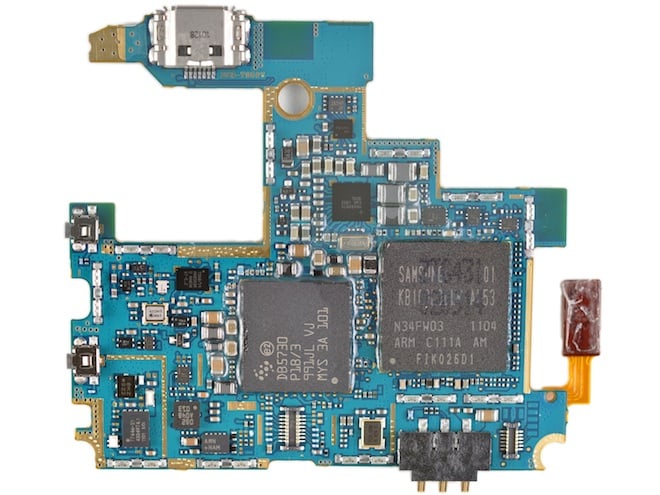
Those tiny little chips that power our increasingly impressive smartphones are making several folks quite a bit of money. Analysts at Strategy Analytics say that in 2010 alone, revenue from smartphone processors hit $4.52 billion, an increase of 77% compared to last year. Who took the largest share of that pie? Qualcomm with 41%, followed by Texas Instruments with 27%, and then Samsung with 19%. In terms of what types of processors are cash cows, it comes as no surprise that 74% of revenues came from those chips that already have a cellular modem inside. All of this should be obvious to you if you’ve been following the transition that’s currently taking place in the market from feature phones to smartphones, especially in the United States.
“Strategy Analytics recognizes Qualcomm as a top-tier supplier in the smartphone applications processor market in 2010, due to its active participation in the multiple software ecosystems and its highly integrated Snapdragon processors. In our view, Qualcomm has a two-to-three year advantage over most of its competitors in terms of integration; and is ideally situated for further share gains from on-going radio technology shifts, such as HSPA+ and LTE.” said Stuart Robinson, Director of the Handset Component Technologies service.
Other players are trying to capture a larger share by innovating on features such as high performance mobile graphics, as we’ve seen with the NVIDIA Tegra 2, and by increasingly focusing on integration, like ST-Ericsson with their Thor modems that come bundled with their newest platforms. They’ve got a lot to catch up on if they want to be the next Qualcomm, who has such a large share of the market because they can sell handset makers a complete solution that provides an application processor, graphics processor, WiFi, Bluetooth, GPS, and the all important cellular modem. Over the course of this year we’re going to see the next generation of chips ship in products that’ll make what we own now seem quaint.
